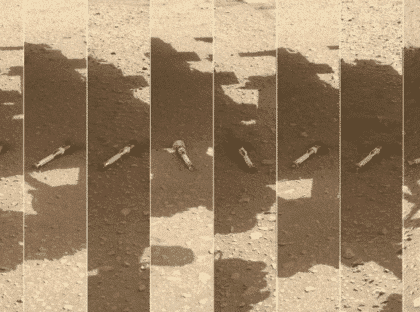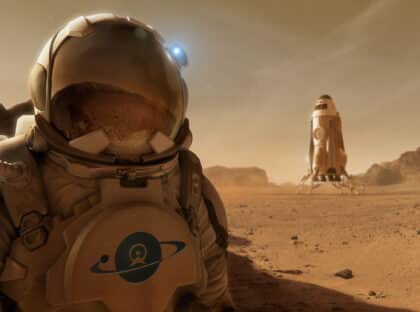
By Dr. Robert Zubrin, SpaceNews.com, 05.06.24
NASA’s Mars Sample Return (MSR) mission has run aground, wrecked by a $10 billion price estimate, a 16 year timeline and excessive mission and programmatic risk. If the mission is to proceed, a much simpler and cheaper approach must be found.
Fortunately, such an approach is available. The current MSR mission plan is so costly, complex, and risky because it has not been approached as a mission to be accomplished as swiftly and cheaply as possible, but as an activity to be used to unify the international space exploration community by giving as many players as possible something to do. Thus the current script for MSR provides starring roles for, among others, the Perseverance mission team, the JPL Mars helicopter development team, the Mars Ascent Vehicle (MAV) development team, the many nations of the European Space Agency, the advanced propulsion community, autonomous rendezvous and dock technology developers, precision landing technologists, Mars lander developers, Mars orbiter developers, the Planetary Protection bureaucracy and perhaps even the Artemis program Deep Space Gateway program.
The way to cheapen, quicken and de-risk the mission is to cut most of this mob out of the action.
There are two ways this can be done. The simplest is just to see what we could do using one launch of the proven Curiosity/Perseverance skycrane landing system to deliver a sample return mission to the Red Planet.
The current skycrane can deliver 1000 kilograms to the Martian surface. As the numbers in the first column of the below table show, this is quite sufficient to deliver a two-stage MAV to Mars which, if powered by off the shelf storable NTO/MMH hypergolic propellants, would be capable of sending a 40 kilogram spacecraft first to low Mars orbit and then directly back to Earth without any need for orbital rendezvous with another vehicle.
Furthermore, a 180 kilogram Spirit-sized rover capable of gathering samples could also be brought along as well, negating the need to accomplish a precision surface rendezvous with and obtain samples from Perseverance, which may or may not be operational when the time comes. The 40 kilogram spacecraft could include 5 kilograms of samples, a 10 kilogram passive capsule made of lightweight materials — giving it a sufficiently low terminal velocity to make a parachute system unnecessary — and a 25 kilogram propulsion, navigation and guidance system to send it along its way.
To read the full commentary, please click here.


